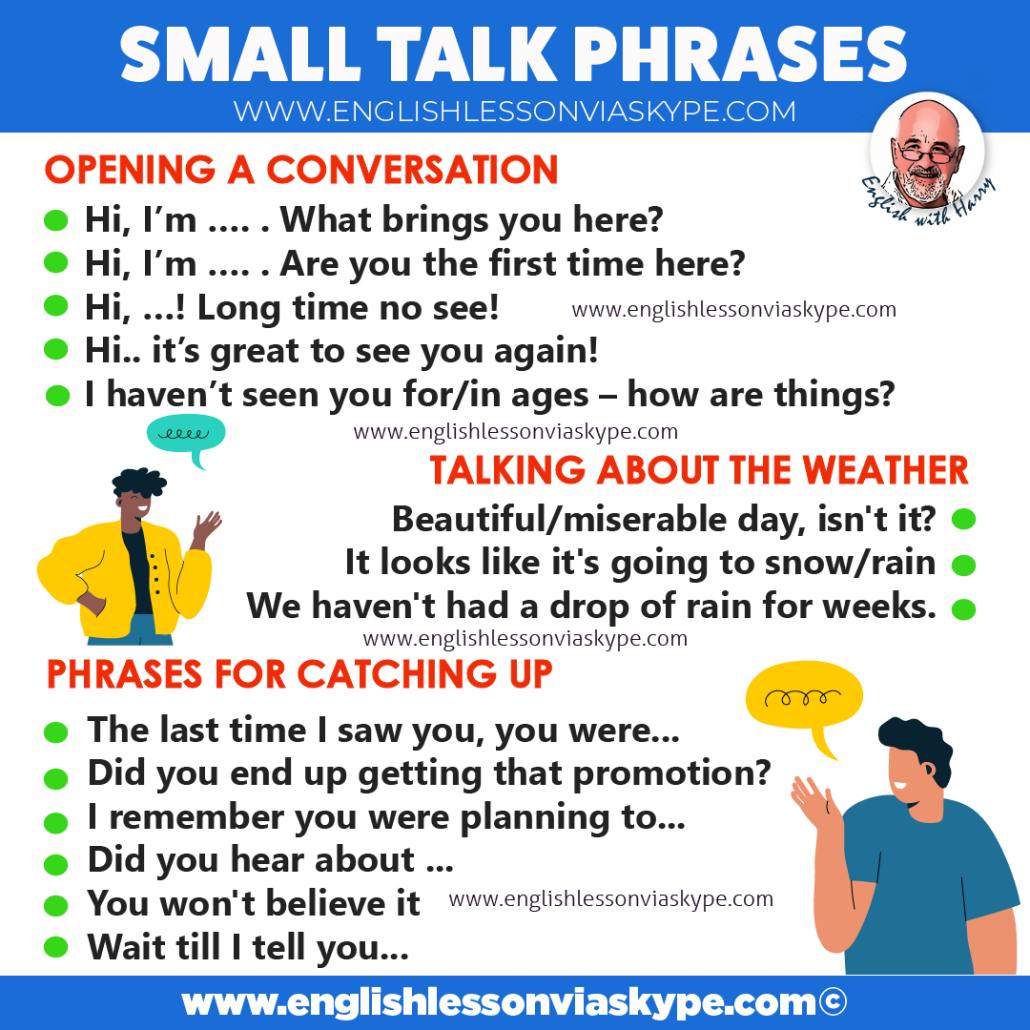ADMINISTRATION. UNIT 3

BUSINESS ENGLISH. FOOD AND HOW TO BE A GOOD GUEST.
- Talking about food or in a food context.
- Remember names. ...
- Smile and shake hands. ...
- Introduce yourself and others. ...
- Maintain formal address. ...
- Sit only when invited to. ...
- Make small talk 100% positive and friendly. ...
- Be mindful of time. ...
- Follow cues.
THE PERFECT LUCH GUEST.
Formal. At the restaurant.
Vocabulary.
1. Write down the new words.
2- Copy and answer the questions in the video.
Informal. Ordering fast food.
Describing food game.
Make descriptions of well known dishes and guess.
Exemple.
1- "These can be found almost anywhere in the world where the company who makes them has an outlet. A white bun is toasted and cut into three pieces. Two flat cakes of fried minced beef are put inside with a slice of processed cheese on the top. Add a few pieces of salad, some mayonnaise and a slice of pickled gherkin, serve with French fries and you have a symbol of America." ______________
2- " A famous dessert in the country it comes from. Made of eggs, milk and sugar with coffee. The Italian name translates into English as ‘pull me up’ , so you eat it when you are feeling down."___________
3- " A thin round base of a special kind of pastry is coated with tomato paste and grated cheese. That’s the basis of all of the different kinds of this dish. You then choose extra toppings to add. Examples are, olives, fresh tomato, ham, salami, anchovies and onion. The whole thing is then put in a special oven to cook. When ready it can be eaten whole at the table or cut into slices to takeaway."___________
4- "Potatoes are cut into long fingers and deep-fried in oil. The fish, usually cod or plaice, is dipped into a liquid mixture of eggs, milk and flour, and then deep-fried.Usually served as a takeaway, you add salt, vinegar and a cold, white sauce called tartare sauce. In the old days it was wrapped in newspaper, but the authorities eventually put an end to that for health reasons and today it is wrapped in sheets of clean, white paper. The only British dish many people can name."___________________
5- " It doesn’t really taste like its name. For a start, it is sweet, while the name suggests something savoury. The base is made of biscuit and the top is sweet and made of eggs and a special kind of cheese. Often there is a layer of fruit. Hard to find anyone who doesn’t like it – but it’ll make you fat fast."____________
FOOD QUIZ
2. Food quiz
1 Name one red meat and three kinds of poultry.
2 Stilton, Brie, Camembert and Edam are all kinds of what?
3 What is the difference between 'biscuits' and 'cookies'?
4 Name six kinds of seafood.
5 What is the difference between the following: bread, roll, croissant, bun?
6 Name two important ingredients for Thai food.
7 What's the difference between a pie and a tart?
8 Spaghetti, tagliatelle, macaroni, penne, and ravioli are all kinds of what?
9 What's the difference between French fries, chips and crisps?
10 Which countries do these famous dishes come from and what are their
ingredients?
paella felafel tiramisu haggis
borscht sauerkraut moussaka chicken biriyani
3- Think of:
a food for a picnic ____________
a food for health _____________
a food that’s ‘naughty but nice’ ________________
a food for the rich and famous ______________
a food for romance ________________
a food that reminds you of your childhood ______________
a food for a wedding ____________
a dish for a first date ______________
a food for a business meeting _______________
a food that reminds you of travel ________________
a food for the elderly __________________
a food from a hot country _______________
a food for Christmas __________________
a drink for celebrating ___________________
Compare your list with your partner.
What's the
difference between 'food', 'dish' and "meal"? Use the three words in a sentence.
Which of the foods you have listed are…
sweet savoury bland spicy
juicy crispy crunchy
What kinds of food or drink could you describe as…
tough – tender
sweet – dry
well done – rare
firm – runny
Group the following adjectives together according to basic meanings.
Which have positive or negative connotations?
bland spicy rich sweet
chewy greasy mild fragrant
an acquired taste smelly strong tasting strange or unpleasant
a delicate taste tough sickly
EXPRESSING LIKES AND DISLIKES.

You work for a company that organises conferences. You are arranging the menu for a buffet to welcome guests at the start of the conference. Look at the email from the catering company. Use a dictionary to help with any words that you don't know. Add another dish to the list. Talk to your group about the things that you like and dislike in your list. Agree on four dishes to order from the catering company.
Re: Buffet lunch.
Please, tick four dishes from the list to order the food for the buffet lunch.
-spicy chicken___
- mini hamburgers __
- sushi selection __
- salad __
- sandwich selection __
- mini cheese pizzas __
Another dish:
STORY TELLING. WRITING.
Watch the video and answer.
How did the story make you feel?
What does the box mean for you?
Do you know what happened in Syria? You can find out here.
Write the story with your words.
GRAMMAR
PREPOSITIONS OF MOVEMENT.
PREPOSITIONS OF MOVEMENT. EXERCISE 1.
EXPRESSING MOVEMENT. EXERCISE 2.
GIVING OPINIONS.
SMALL TALK
Small talk is important because it can help you to start conversation that let you know the people you meet in different contexts. It is a good idea to:
- think about suitable conversation topics e.g., the weather, recent holidays, etc.
- prepare some social questions, eg. How was your journey? How is you business?
- think about the social questions your host / guest might ask you. Prepare some replies.
- focus on what the other person is saying at the moment.
- read about the country where your visitor comes from or the country you are visiting. Use the information to start conversations and ask questions about the country.
Some topics may be:

-Your last weekend.
- My family.
-My plans for the near future.
- My best friend.
- Pets.
- The town I live.
-An unforgettable holiday.
- Job or studies.
- Your house.
- The internet.
- Shopping.
SMALL TALK. THE WEATHER.
FREE TIME AND HOBBIES.
Email and Internet.
Using email.
Think about the way you use email.
- How often do you check your email?
- How many mails do you send a week?
- How many emails do you get every week? Do you read them immediately?
- How quickly do you reply?
- Do you delete emails regularly?
- Do you get much spam?
Using the Internet.
- How often do you use Internet?
- Why do you use it?
- What do you buy online? What are the advantages? What are the disadvantages?
- How does the Internet affect you studies?
- What are your favourite websites?
- Do you have a blog or read other people's?
- Do you download material from the internet?
- Do you use social networking sites? Which ones?
PHONING AND TEXTING.

Read the text about texting and answer.
Text messaging has anglicized some of the world's languages. The use of diacritic marks is dropped in languages such as French, as well as symbols in Ethiopian languages. In his book, Txtng: the Gr8 Db8 (which translates as "Texting: the Great Debate"), David Crystal states that texters in all eleven languages use "lol" ("laughing out loud"), "u", "brb" ("be right back"), and "gr8" ("great"), all English-based shorthands. The use of pictograms and logograms in texts are present in every language. They shorten words by using symbols to represent the word or symbols whose name sounds like a syllable of the word such as in 2day or b4. This is commonly used in other languages as well.
Crystal also suggests that texting has led to more creativity in the English language, giving people opportunities to create their own slang, emoticons, abbreviations, acronyms, etc. The feeling of individualism and freedom makes texting more popular and a more efficient way to communicate.
Perhaps the act of using textisms to shorten communication words leads young adults to produce more informal writing, which may then help them to be better "informal" writers. Due to text messaging, teens are writing more, and some teachers see that this comfort with language can be harnessed to make better writers. This new form of communication may be encouraging students to put their thoughts and feelings into words and this may be able to be used as a bridge, to get them more interested in formal writing.
1. Who is David Crystal?
2. Make a list with the shortened texting words provided in the text.
3. Give a difinition of the following words:
emoticon:
slang:
acronym:
4. Why has texting become so popular?
5. How is increasing texting among the young affecting formal writing?
6. What do these abreviations mean?
1. GRT: ........................................................... 7. ASAP..............................................................
2. X .................................................................. 8 FYI ................................................................
3. CUL8R........................................................ 9. LOL ...............................................................
4. OIC ............................................................. 10. THX .............................................................
5. B4N ............................................................ 11 BF ..................................................................
6. IMO ............................................................ 12 U ..................................................................
READING
"Leave it as it is"
Once upon a time.....
1. What's the name of the village in the story? Why?
2. What happened before the things started to change?
3. Why did people worry about the possibility of changing the mayor?
4. What's the name of the neighbouring village?
5. How did the changes affect people in "Leave it as it is"?
6. Can you see a criticism behind the story?
VOCABULARY. PERSONAL FINANCE.

Comments
Post a Comment